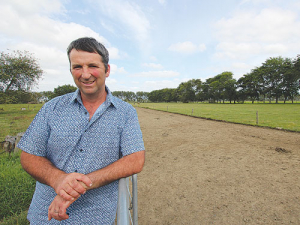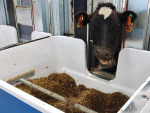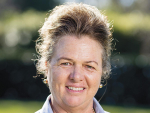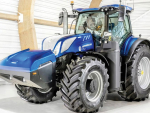Picking easy-care cows is about to get a whole lot easier with the first change to the calculation of production worth in 22 years.
The 1996 introduction of an index for dairy cows that monitored performance via breeding worth (BW) and production worth (PW) was ground-breaking and played a key part in dramatically changing the breed composition of that national dairy herd, says LIC shareholder councillor Wayne Reynolds.
But as the industry continues to evolve, it’s crucial the key index measures remain relevant; that’s why Reynolds is endorsing the first change in 22 years to the way production worth (PW) is calculated.
From February 17, somatic cell score (SCS) became the fifth trait in the PW calculation (protein, milk fat, milk volume, and liveweight are the four original traits).
“There’s no doubt more change is on the way for the industry,” Reynolds said.
“With cow numbers peaking we’re going to have to find ways of doing more with the same resource; and with farm ownership structures evolving, we all need to be prepared for that. So the index needs to remain a strong management tool.
“I’m pleased to see PW evolving at last, because the industry dynamics have changed but until now PW hasn’t.
“With the inclusion of somatic cell count (SCC) in PW, it’ll allow farmers to pick our easy-care cows with more accuracy. Over the long term and across the national herd, I’m sure we’ll see overall profit margins of farmers increase as a result.”
LIC shareholder council members had lobbied for years for a change to the PW equation, said Reynolds, and high on the agenda had been the inclusion of a fertility production value which, along with body condition score, is being researched further.
“I understand the reasons for the delay in the introduction of fertility and body condition score. I feel fertility is of greater economic impact than SCC, but it’s important to get the data and the science right, and it’s clear more time is needed for that so I look forward to seeing where things are at this time next year.”
Reynolds is part of a farmer advisory panel that provides practical genetics advice to New Zealand Animal Evaluation, the DairyNZ subsidiary that oversees BW.
Time to re-calculate
Wayne Reynolds had seen a prototype calculation of the new PW calculation on his herd, meaning he could compare “the old PW to the new PW”.
“I looked at a few cows I knew had higher cell counts to see what effect the change would have. I know one cow in particular that I was putting in my cull list because of repeated high cell counts, and she’s dropped by 40 PW points.
“It’s what I would have expected, and I have to say the bulk of my herd is unaffected. You don’t expect much movement from them (healthy cows); it’s the cows that have persistently high cell counts that will drop and so they should. My overall herd PW is very much the same; it’s just the within-herd rankings that have seen some shuffling around.”
PW was purely used by Reynolds for culling and selling purposes, but it was not necessarily gospel, he said.
“At the moment you pick your low-PW cows, which are essentially your less efficient production cows, and you make some rather crude selection decisions based on cell count, calving date, fertility or when you have to dry them off in autumn.”
“Now that PW incorporates somatic cell, it’s getting closer to being the one measure to cull on; but there will always be things that make cows unsound that PW isn’t aware of, like feet.
“The new PW equation means there’s certainly one less thing to think about, so it’ll make things simpler.”
• Article provided by LIC











